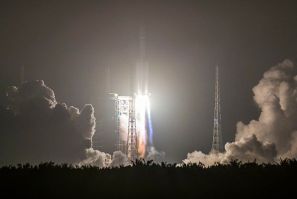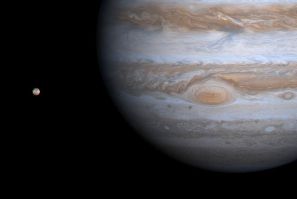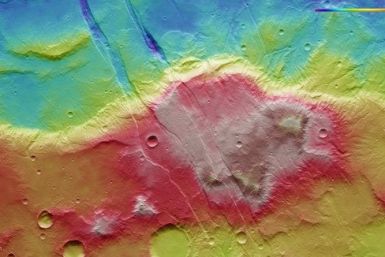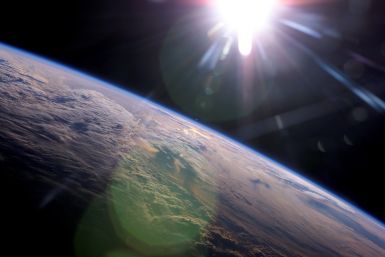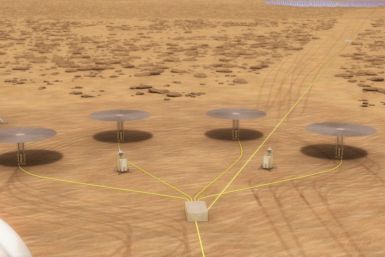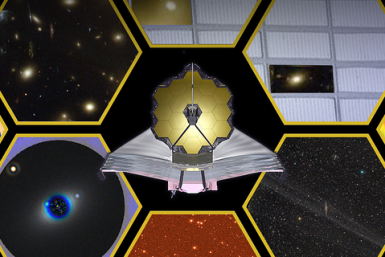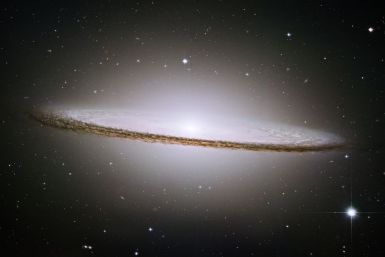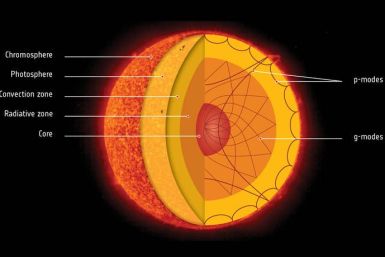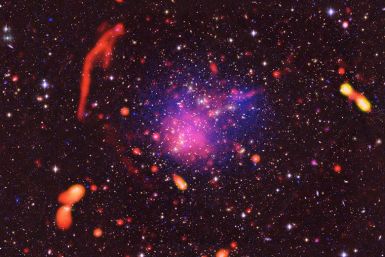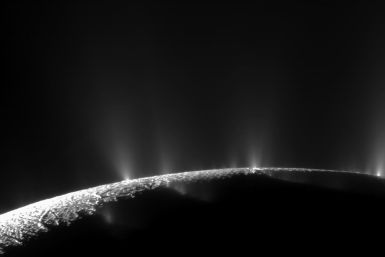These striking fracture lines, captured in March, were caused by the Mars' crust stretching apart in response to ancient volcanic activity.
The relatively small black holes that merged — the resulting gravitational waves were detected June 8 — were located about a billion light-years from Earth.
The studies may help determine the origins and science behind solar flares, which impact the entire solar system.
The number of positrons (antimatter equivalent of electrons) reaching Earth is much higher than expected and a new study has ruled out two nearby pulsars as their source.
The Zwicky Transient Facility, a new robotic camera with the ability to capture hundreds of thousands of stars and galaxies in a single shot, has taken its first image of the sky, an event astronomers referring to as “first light.”
NASA is set to test the new generator this month that could, one day, power a human habitat on Mars.
Since the 1960s, a large number of attempts have been made to land a spacecraft on the Martian surface, but only a handful of them have been successful.
The programs were chosen from a pool of proposals accepted by Space Telescope Science Institute’s call for early release science proposals, and includes examining Jupiter and its moons.
The gravitational waves detected so far were caused by mergers of black holes, and in one case, neutron stars. Merging supermassive black holes will dwarf those in intensity.
Laser-generated plasma could help us understand what causes cosmic rays, solar flares and solar eruptions, which are emissions from the sun that can disrupt cell phone service and power grids on Earth.
The Type Ia supernova is 11.4 million light-years away, the closest such explosion to Earth in at least 40 years.
NASA's 3D-Printed Habitat Challenge, a Centennial Challenges competition, is looking for ways to create things needed for space missions in space itself.
Scientists believe a star’s core will contain Coulomb crystals that form at temperatures potentially as high as 100 million Kelvin.
The collision was seen in radio and X-ray wavelengths, as well as in visible light, and took place about four billion light-years from Earth.
An international team of scientists used the Large Millimeter Telescope to locate the galaxy that was formed 12.8 billion years ago, within the first billion years after the Big Bang.
Named OGLE-2016-BLG-1190Lb, the puzzling object was discovered using microlensing, and is located in the very heart of the Milky Way.
NASA's New Horizon will fly past MU69 in the Kuiper belt in 2019 and the space agency wants your help in giving the frozen, distant world a nickname.
While it has an icy surface, Enceladus has a global ocean underneath the crust from which water vapor and icy particles stream out in long jets.
The reason why the star EC53 twinkles every 18-months could be due to the presence of a very young exoplanet orbiting it, according to scientists.
NASA, ESA joint mission SOHO and NASA's STEREO spotted "parent" comet 96P together. The combined observations could help us study the evolution of a comet family.
The first photos of the sun were taken in the first half of the 19th century and they paved the way for many important solar observations in the future.
CERN is taking steps to develop a cheap device that can monitor radiation exposure in space.







